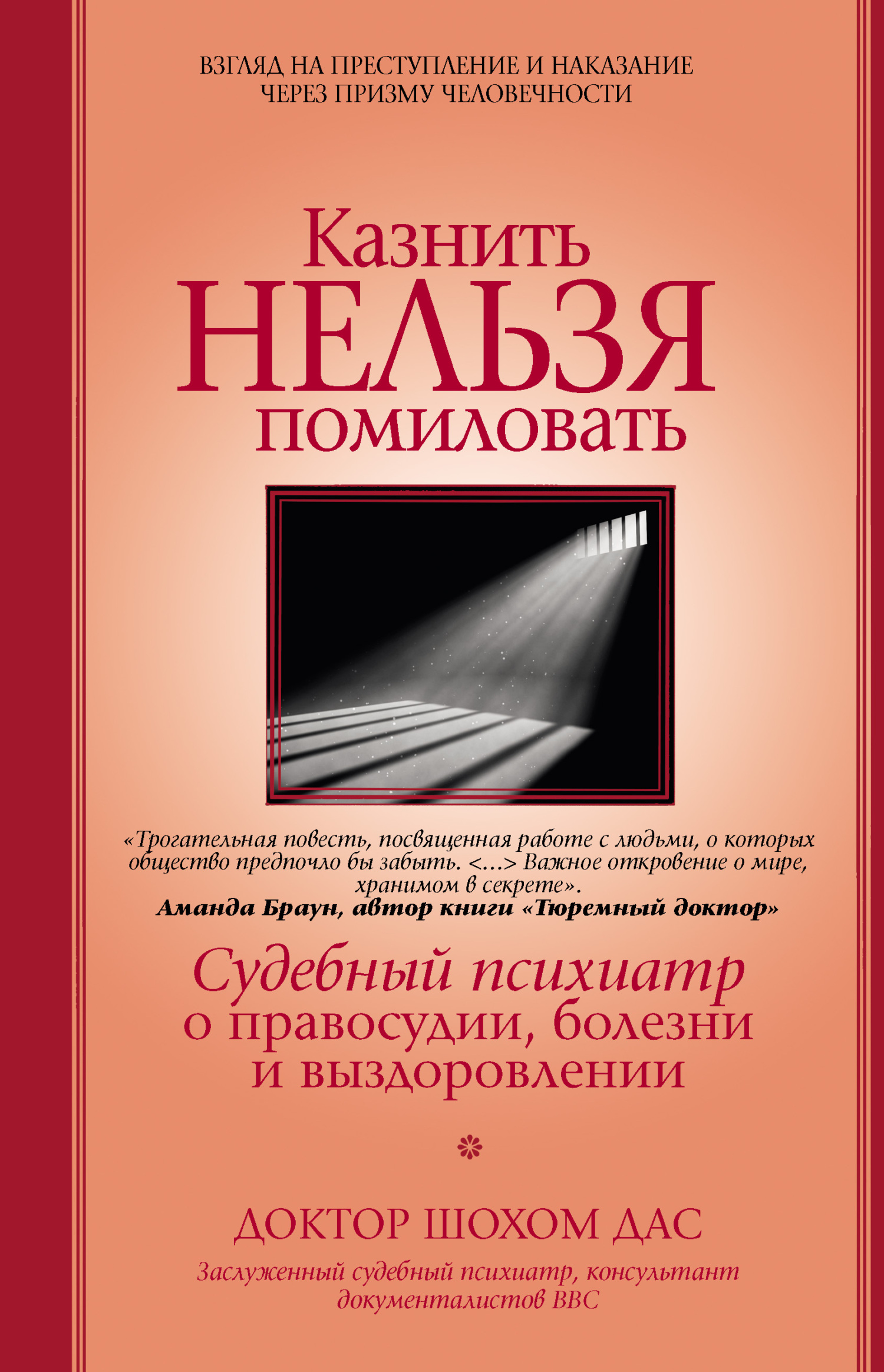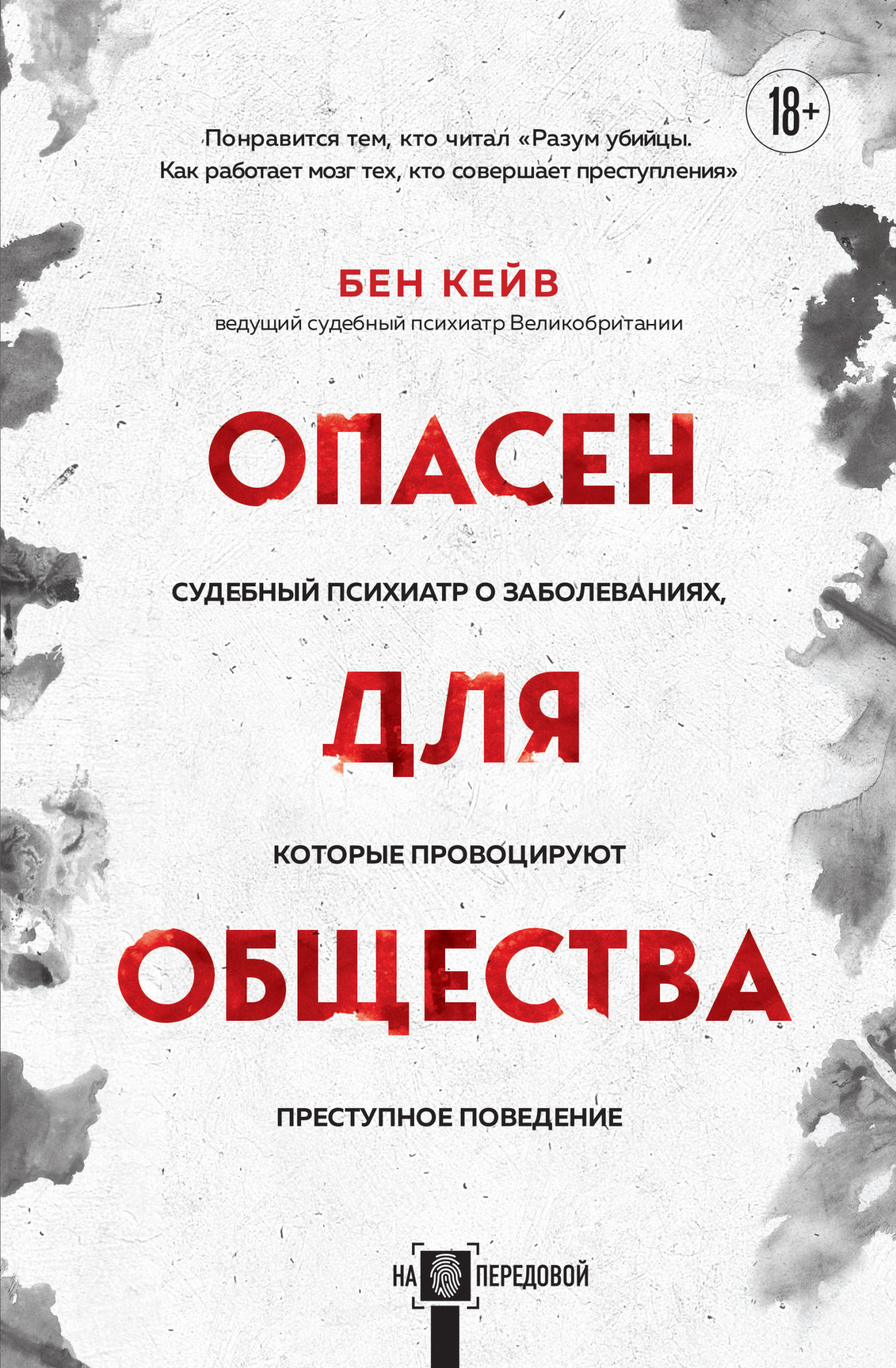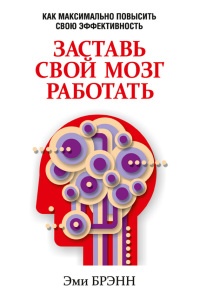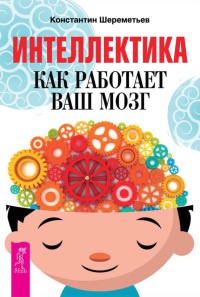Книга Разум убийцы. Как работает мозг тех, кто совершает преступления - Ричард Тейлор
Читать книгу Разум убийцы. Как работает мозг тех, кто совершает преступления - Ричард Тейлор полностью.
Шрифт:
-
+
Интервал:
-
+
Закладка:
Сделать
Перейти на страницу:
Перейти на страницу:
Книги схожие с книгой «Разум убийцы. Как работает мозг тех, кто совершает преступления - Ричард Тейлор» от автора - Ричард Тейлор:
Комментарии и отзывы (0) к книге "Разум убийцы. Как работает мозг тех, кто совершает преступления - Ричард Тейлор"












